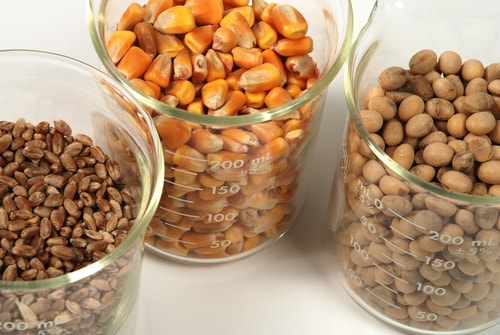United States projected to produce 55.8 million tons of wheat
By Diego Flammini
Assistant Editor, North American Content
Farms.com
The United States Department of Agriculture released its World Agricultural Supply and Demand Estimates (WASDE) report for March on Wednesday.
The report includes the estimated production and uses for different global commodities but the focus will be on the corn, soybean and wheat production for Canada and the United States.
Wheat
“There are no changes to this month’s all wheat balance sheets,” the report reads.
The United States is estimated to produce 55.8 million tons, the same projection from February’s WASDE report.
Canada’s wheat production also remains the same at 27.6 million tons.
The forecasted price for wheat is $5.00/bushel, a decline of 16.5 per cent from 2014/15.

Corn
According to the WASDE report, corn production also remains unchanged in terms of U.S. and Canadian production since the February release.
The United States is forecast to produce approximately 345.5 million tons of corn, while Canada is projected to produce 13.6 million tons.
The estimated price for corn is $3.60/bushel, a 2.7 per cent decrease from 2014/15.
Soybeans
The USDA estimates soybean production to total 460 million bushels compared to the 450 million reported in February’s report.
The forecasted price for soybeans is $8.75/bushel, which represents a 13.4 per cent drop from 2014/15.
Farms.com’s Chief Commodity Strategist Moe Agostino hosted a detailed webinar to analyze the WASDE report and provide farmers with some insight into their next move.
The next WASDE report is due out April 12.